An Introduction to Emergency Exercise Design and Evaluation
An Introduction to Emergency Exercise Design and Evaluation
Second Edition
Robert McCreight

Lanham, MD
Published in the United States of America
by Bernan Press, a wholly owned subsidiary of
The Rowman & Littlefield Publishing Group, Inc.
4501 Forbes Boulevard, Suite 200
Lanham, Maryland 20706
Bernan Press
800-462-6420
www.rowman.com
Copyright 2017 by Bernan Press
All rights reserved. No part of this publication may be reproduced, stored in a retrieval system, or transmitted in any form or by any means, electronic, mechanical, photocopying, recording, or otherwise, without the prior permission of the publisher. Bernan Press does not claim copyright in U.S. government information
ISBN 978-1-59888-892-8 (cloth : alk. paper)
ISBN 978-1-59888-893-5 (ebook)
 The paper used in this publication meets the minimum requirements of American National Standard for Information SciencesPermanence of Paper for Printed Library Materials, ANSI/NISO Z39.48-1992.
The paper used in this publication meets the minimum requirements of American National Standard for Information SciencesPermanence of Paper for Printed Library Materials, ANSI/NISO Z39.48-1992.
Manufactured in the United States of America.
Contents
Designing emergency exercises and developing useful mechanisms for evaluating those exercises is a mixture of art and science. The scientific aspect involves identifying the essential elements, principles, and structural issues associated with making emergency exercises worthwhile and providing practical operational value to practitioners and professionals. My aim is to help students of emergency management grasp and understand the core issues as well. The artful dimension of exercise design and evaluation is pinpointing the variables, ambiguities, and risks associated with structuring, coordinating, and evaluating complex pseudo-emergencies events meant to replicate reality. Combining the two is vital to create a valuable learning experience. With this in mind, my focus is on natural disasters and technological emergencies more so than terrorism. The books focus is on small- to medium-size cities and those wishing to get an in-depth look at exercise design issues.
Finding a suitable guide or textbook to navigate this field of endeavor recalls the needle in a haystack analogy. To be sure, there are many guides and handbooks generated by state or local emergency management agencies that are helpful and instructive. However, what is needed is a textbook that includes the fundamentals and allows students and researchers to further enhance their knowledge by investigating those publications, interviewing emergency managers, observing the work of an exercise planning team, or just witnessing an actual exercise unfold. Hopefully, this book will supply the fundamentals that enable all students, practitioners and experts to agree on common terms, principles, and strategies. My emphasis is to explore both the value and purposes of scenario-based and capabilities-based exercises.
Emergency exercises address and reveal the significant gaps between plans and capabilities. More importantly, well-crafted exercises will draw attention to those areas of doctrine, staff training and operational requirements which can be validated and which deserve a second look for revision or adaptation. The overall aim of this book is to make it easier for emergency managers, emergency planners, academic leaders in emergency management, and students of emergency management to understand some of the fundamentals associated with exercise design. Seldom does one find a credible and reliable college level course which seeks to impart this information however for those who embark on that effort this book should provide a useful introduction.
The variety of exercise options available are built upon the fundamental educational principle that progressively difficult emergency exercises build effective learning, enhance comprehension, and ultimately increase emergency preparedness and operational readiness. Even with staff turnover, limited funds, and experience, some localities will seek exercises that stretch and stress their emergency responders. This book aims to help in that regard by providing specific guidance that is useful, less rigorous, and more flexible than the highly structured DHS HSEEP program.
The overall purpose of the book is to reinforce the twin notions that
1.Well-designed exercises enhance emergency readiness, verify preparedness, test emergency planning assumptions, and sharpen response functions and
2.Exercise evaluations that are comprehensive, honest, and analytical make a real difference in validating emergency preparedness and readiness if necessary changes are incorporated into EO plans and improved readiness procedures.
It is also useful to point out the merits of the progressive education principle embedded in the successive iteration of emergency exercise train-ing programs. All of these approaches start with less complex emergency exercises and progress through a series of increasingly complex emergency exercises to verify preparedness and test readiness. That is how better emergency management happensnot accidentally. Of course, in any textbook odyssey, errors of omission, oversight, and commission are mine exclusively.
I want to thank all those who in recent years have been instrumental in shaping my own evolving sense of what matters and what doesnt in the growing field of emergency management. There were several key persons whose views were invaluable as I sought to revise this volume and create a second edition. I apologize for not listing them all. Some of these helpful souls include Don Donahue, Curry Mayer, Chuck Manto, Irmak Renata-Tenali, Tom Carey, and Mark Troutman. Special thanks are due for those who read early drafts of the first edition and provided invaluable comments and suggestions to improve the textthey are the experts after alllike former Maryland State Public Health Director James Smokey Stanton, DCFD HAZMAT Battalion Chief John Donnelly, and former Oregon State EM Director Myra Lee.
Robert McCreight
Revisions to the first edition after its publication in 2011 have been undertaken with the aim of including new material, updates, and additional observations. In this instance I continue to advocate more complex scenarios and situations which feature high risk threats should be the focus of emergency exercises in the second and third decade of the twenty-first century. This can only be done by explicitly examining these challenges through the conduct of robust exercises. By drawing attention to unique exercise design issues at a significantly sharper level of detail my objective in supplementing the text is designed to help practitioners and students of emergency management understand obvious, subtle and indirect aspects of the exercise design process.
In the decades following 2015 there will be increased pressure on state and local governments to demonstrate that ramped up and enhanced emergency performance in response and recovery operations has benefited from prior years of experience. Well-crafted exercises can deliver on this expectation. The sheer variety of emergency challenges include natural disasters, industrial and infrastructural accidents, system failures, and terrorism. Communities should be prepared for any scenario from the simplest to the most complex and challenging.
However, not all are enthusiastic about exercises providing the magic bullet to enhance overall performance. Some remain doubtful that exercises alone can strengthen emergency response. Today some hesitance remains about sharing insights and lessons learned from similar tabletops, drills and sophisticated deployed exercises doubtful that such events can impart operational wisdom and applicable insights which focus on the multiplicity of operational issues involved. This regrettably remains true in the international arena as well. One goal of this book is to encourage wider sharing of exercise outcomes and insights to the benefit of all engaged in the serious pursuit of better emergency management.
Next page
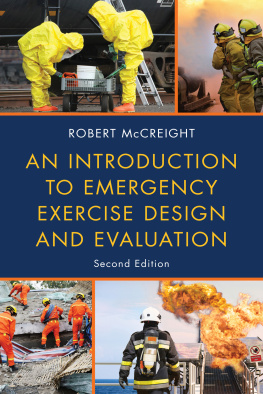
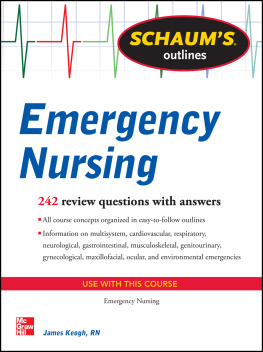

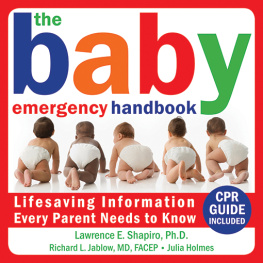
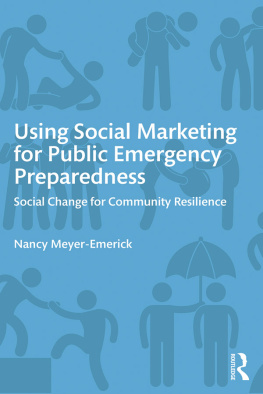

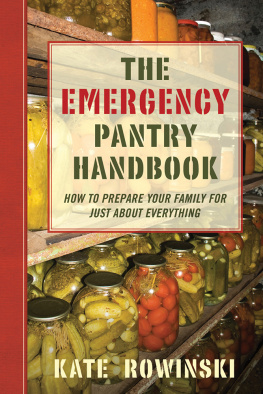

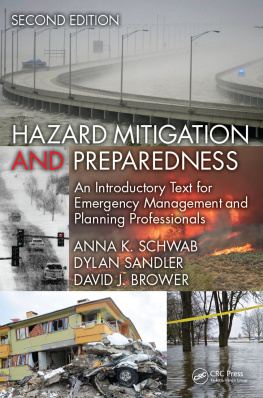



 The paper used in this publication meets the minimum requirements of American National Standard for Information SciencesPermanence of Paper for Printed Library Materials, ANSI/NISO Z39.48-1992.
The paper used in this publication meets the minimum requirements of American National Standard for Information SciencesPermanence of Paper for Printed Library Materials, ANSI/NISO Z39.48-1992.